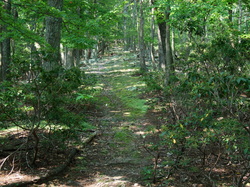
It is possible to look at old maps, do comparison studies of deeds and plats and road orders, and get some concept of the evolution of a local road net. The late Nathaniel Mason Pawlett, my friend and colleague many years ago at the Virginia Transportation Research Council, did such work for many parts of Virginia, including Albemarle County. Mason had a fine scholarly understanding of the slap-dash nature of the human mind. The link below is to his definitive work on early Albemarle roads, “Albemarle County Roads 1725-1816,” truly a classic study of its kind. See:
http://www.virginiadot.org/vtrc/main/online_reports/pdf/81-r36.pdf .
Old maps served different purposes than new maps, just as old societies were different from ours. The idea that a road map should show all the roads, or label all the roads it shows, is a very modern conceit. The old timers would not have understood why a map showing the important roads would need to be any more accurate than, say, a painting of a horse. The point of a map was to get the idea, not to reproduce the horse with anatomical precision.
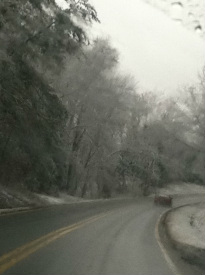
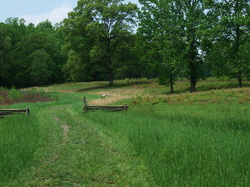
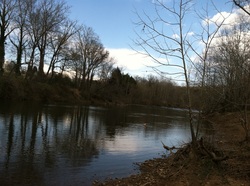
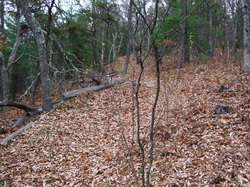
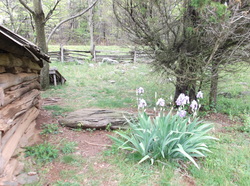
http://www.medicine.virginia.edu/clinical/departments/psychiatry/sections/cspp/dops/home-page
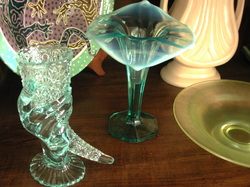
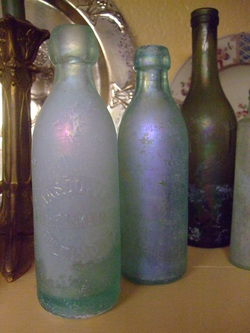
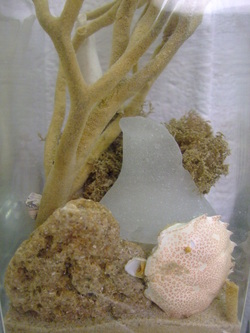
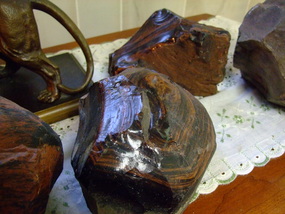
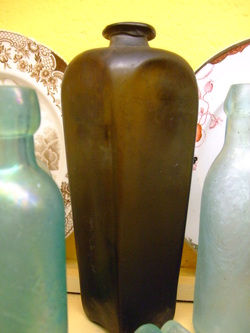
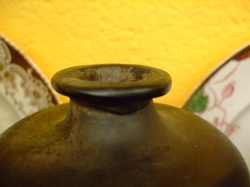
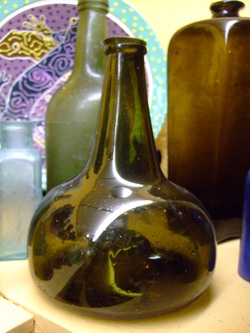
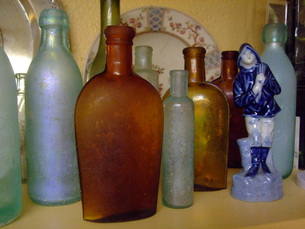
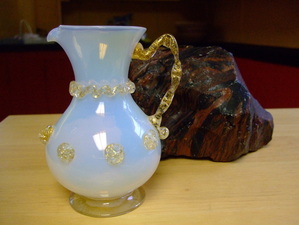

 RSS Feed
RSS Feed